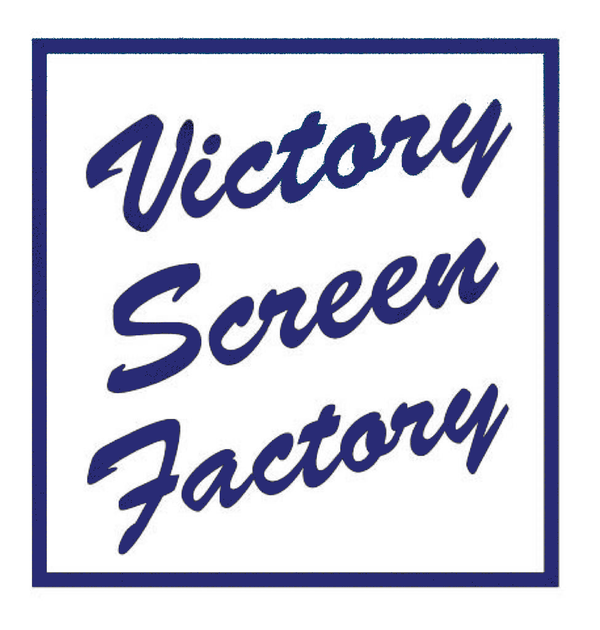
Unlock the Secrets of Screen Printing: A Guide to Understanding T-Shirt Printing Supplies
Share
Screen printing is a popular method of printing designs on fabric, paper, and other materials. It is a versatile printing method that can be used for a variety of applications, from creating T-shirts to printing posters and other promotional materials. However, to get started with screen printing, you need to have the right supplies. In this blog post, we'll discuss some of the essential screen printing supplies that you need to get started.
1. Screen Printing Screens
Screen printing screens are the backbone of the process. These are frames made of wood or aluminum, with a mesh stretched across them. The mesh has to be taut enough to hold the stencil and ink, but flexible enough to allow the ink to pass through onto the printing material. Frames come in various sizes, shapes, and mesh counts. Choose the right frame depending on the size of your design and the material you're printing on. Here is a variety of Screen Printing Frames by Victory Screen Factory
2. Mesh
The mesh is the material stretched across the frame that holds the stencil. Mesh is typically made of nylon or polyester and comes in a range of mesh counts. The mesh count determines the amount of ink that passes through the screen. Lower mesh counts (between 60-110) are best for printing on fabric, while higher mesh counts (above 200) are best for printing on paper or other flat surfaces.
3. Stencil Materials
A stencil is a design that's been cut out of a thin, flexible material, such as vinyl or paper. The stencil material is what you use to block out areas of the screen where you don't want ink to pass through. There are several stencil materials you can use, including photo emulsion, screen filler, and direct-to-screen stencils. Choose the stencil material that best suits your needs.
4. Squeegees
A squeegee is a tool used to push ink through the mesh and onto the printing material. Squeegees come in various shapes and sizes, and the choice of which to use depends on the size of the screen and the design. A good squeegee should have a firm blade that creates a smooth, even pressure on the screen. Have a look at Squeegees options by Victory Screen Factory

5. Inks
Ink is the most crucial part of the screen printing process. There are different types of ink, including water-based, plastisol, and discharge ink. Each type of ink has its own unique properties, so you'll need to choose the right ink for your project. Water-based ink is best for printing on light-colored fabrics, while plastisol is better for printing on dark-colored fabrics.

6. Chemicals
You'll need various chemicals to help you prepare the screen and stencil. These chemicals include screen cleaner, stencil remover, and emulsion remover. These chemicals help you remove any residue from previous prints and help you maintain your screen.
7. Printing Press
Finally not a supply but equipment. You'll need a printing press. A printing press holds the screen in place and ensures that you get a clean, even print. There are various types of printing presses, from manual to automatic, and the choice of which to use depends on the size of your operation and the complexity of your designs.
II. Conclusion
n conclusion, these are the essential screen printing supplies you need to get started. With the right tools, you can create beautiful, high-quality prints on a wide range of materials. If you're new to screen printing, start with a small project and work your way up. With practice, you'll become an expert in no time.
III. Additional Screen Printing Supplies
There are many supplies which can make your life as a screen printer easier. Some you need like a scoop coater, some are helpful like a pallet tape to hold the shirt in place. Other include ink spatulas, mesh counter, paper towels, shirt folder and more. Have a look at the Supplies by Victory Screen Factory

